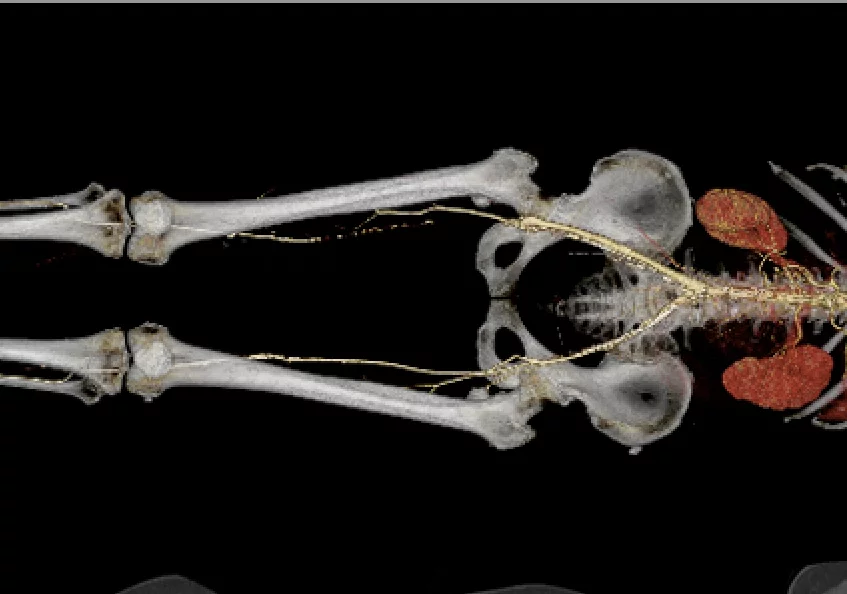Cardiologists help highlight ‘severe consequences’ of peripheral artery disease
February is American Heart Month, and the PAD Pulse Alliance is using the occasion to highlight the importance of diagnosing and managing peripheral artery disease (PAD).
Many PAD patients do not even know they have the disease until it is too late, the group warned, leading to unnecessary amputations and increasing the risk of other adverse patient outcomes, including death. PAD awareness is especially limited among Black and Hispanic adults, creating an added sense of urgency when looking to accelerate patient education efforts.
One of the alliance’s primary goals is to help Americans know when they may be experiencing early symptoms of PAD. Leg pain, leg cramping and general fatigue are all known signs that a person may be developing PAD. Wounds on the legs and feet that do not heal over time are another early sign of the disease, and anyone presenting with such symptoms should seek medical care to see if further follow-up care is required.
The PAD Pulse Alliance was founded by the Association of Black Cardiologists (ABC), Society of Cardiovascular Angiography and Interventions (SCAI), Society of Interventional Radiology and Society of Vascular Surgery to increase public awareness about PAD. Several other medical societies and industry groups have since joined the cause, hoping to help reach as many people as possible with their message.
“Too often, PAD isn’t caught until a patient is at risk of losing a limb,” James B. Hermiller, MD, SCAI’s president and director of the interventional cardiology fellowship and structural heart program at St. Vincent Ascension Heart Center, said in a statement. “While treatment options have significantly advanced, it’s critical that more people know the signs and symptoms of PAD so they can seek treatment early, saving their lives, limbs, and livelihoods. By providing resources and encouraging early screening, we can help prevent the severe consequences of PAD.”
“Due to the high prevalence of PAD in communities of color, it is crucial for both healthcare professionals and patients to identify and implement preventive strategies, address risk factors, and take prompt action when symptoms arise,” added Anthony M. Fletcher, MD, ABC’s president and an interventional cardiologist with CHI St. Vincent Cardiology and Medicine Clinic in Little Rock, Arkansas.
The PAD Pulse Alliance has made a variety of patient resources available on its website, including several videos about PAD and its symptoms. Click here for more information from the group.


